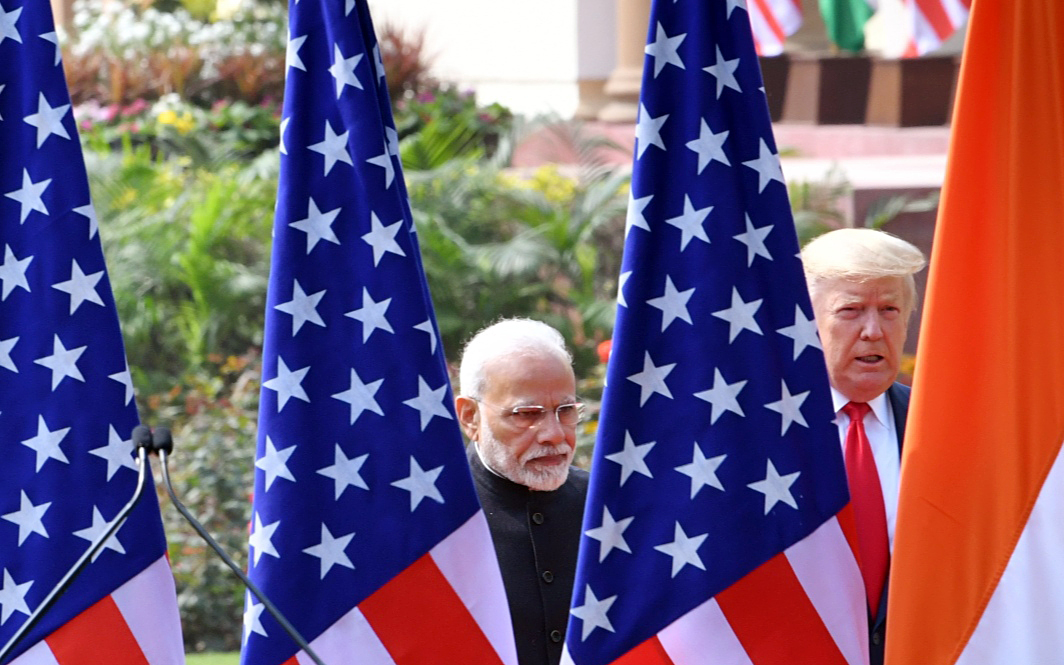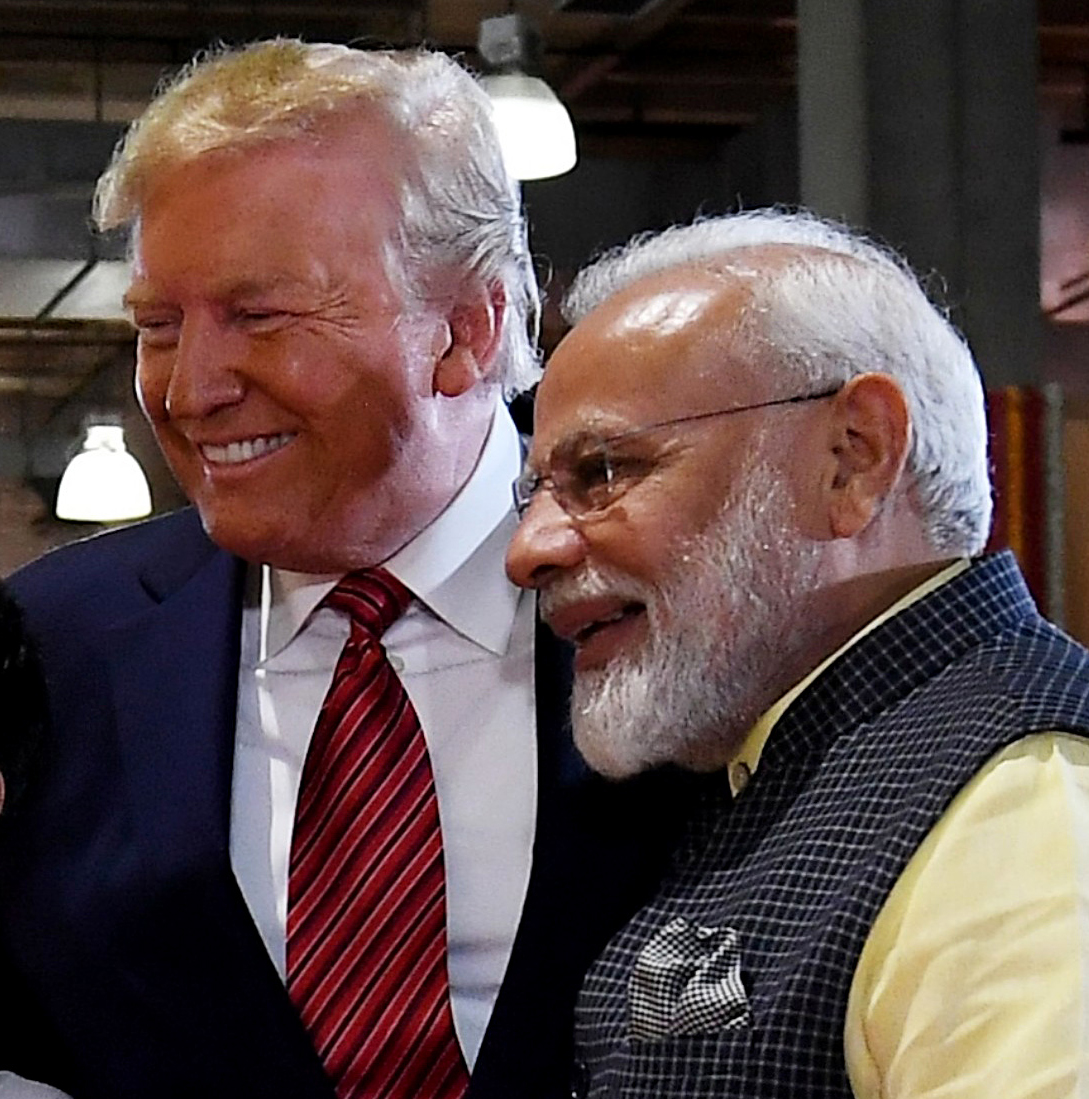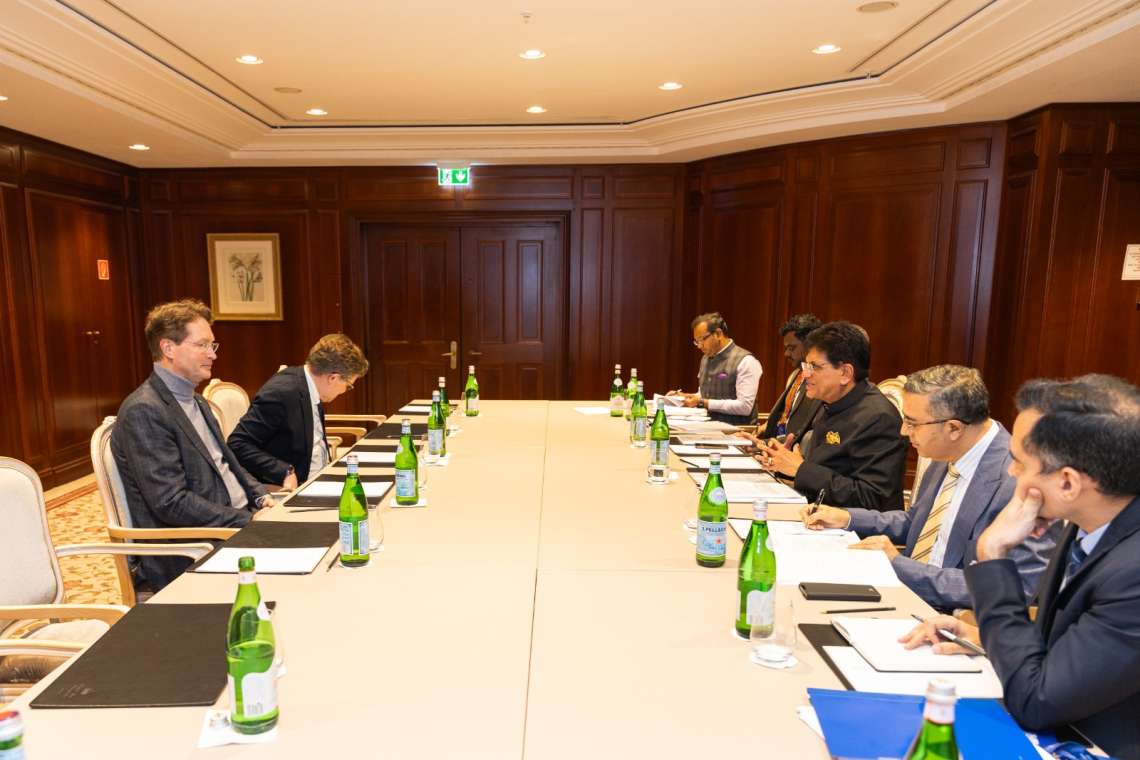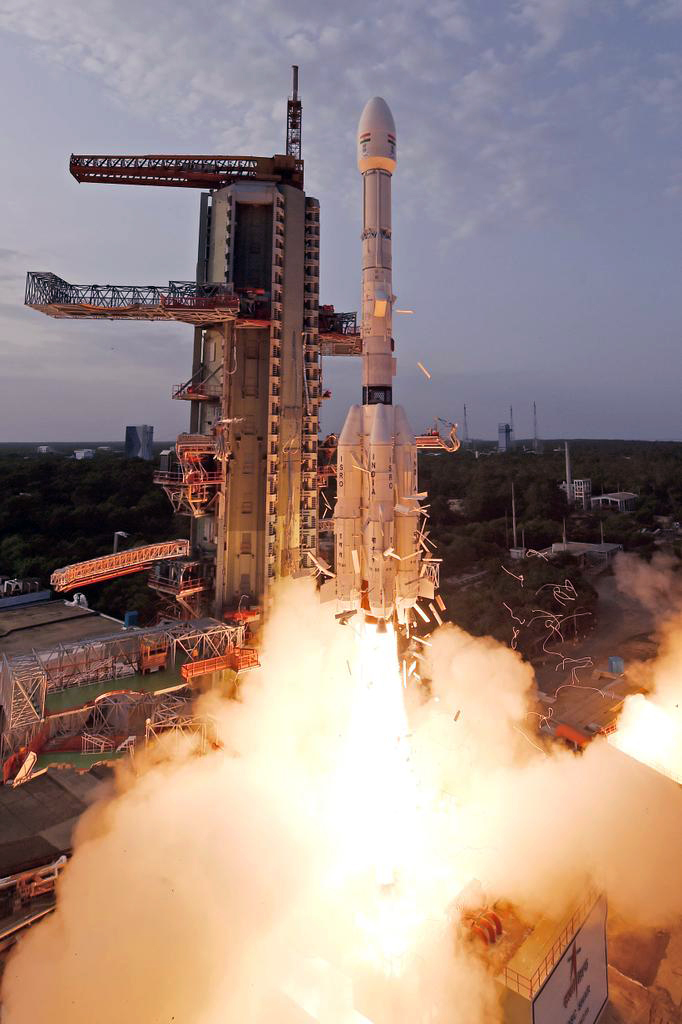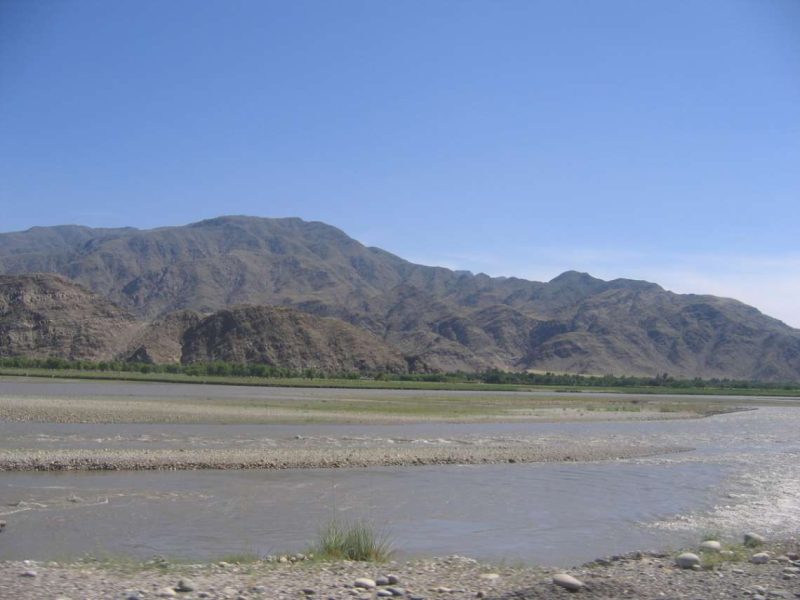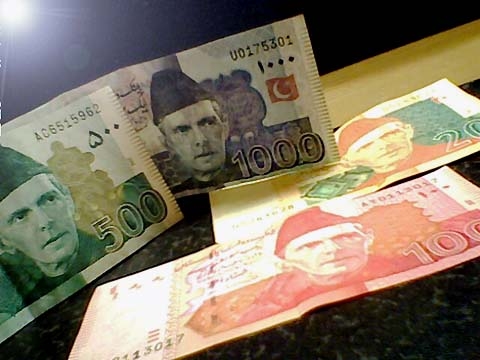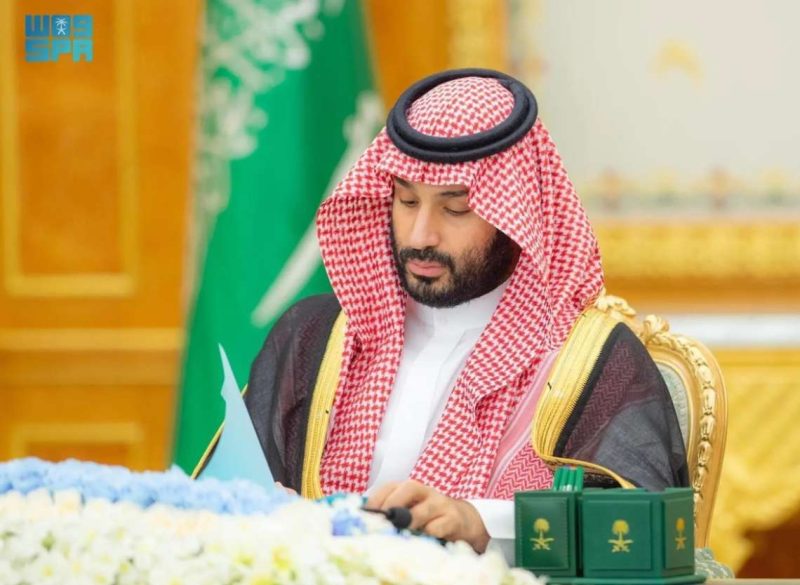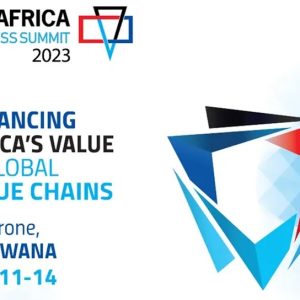In its first response following Trump’s announcement of new tariffs, India said it had “taken note” of the statement and underlined its continued commitment to a fair bilateral trade agreement with the US
With just a day left for the August 1 deadline set by the Donald Trump administration to wrap up agreements with its trading partners, the American President on Wednesday announced 25 percent tariffs “plus a penalty” for India.
In a post on his platform Truth Social, Trump said India’s own protectionist policies over the years had meant America had “done relatively little business with them”.
“Also, they have always bought a vast majority of their military equipment from Russia, and are Russia’s largest buyer of ENERGY, along with China, at a time when everyone wants Russia to STOP THE KILLING IN UKRAINE — ALL THINGS NOT GOOD!” he wrote.
In its first response following Trump’s announcement of new tariffs, India said it had “taken note” of the statement and underlined its continued commitment to a fair bilateral trade agreement with the United States. The government also pointed out that negotiations between the two countries had been underway for several months.
“The Government has taken note of a statement by the US President on bilateral trade. The Government is studying its implications. India and the US have been engaged in negotiations on concluding a fair, balanced and mutually beneficial bilateral trade agreement over the last few months. We remain committed to that objective,” the Ministry said in a statement issued Wednesday evening.
Highlighting that the government places the “utmost importance on protecting and promoting the welfare of” farmers, entrepreneurs, and MSMEs, the Ministry also drew a parallel to the recent trade agreement signed with the UK.
“The Government will take all steps necessary to secure our national interest, as has been the case with other trade agreements including the latest Comprehensive Economic and Trade Agreement with the UK,” the statement added.
The United States and India have been discussing a trade deal for months, but no final agreement has been reached. Trump has been pressing for greater access for American goods to the Indian market. He has often made similar demands in other trade negotiations.
Trump imposed a 26 per cent tariff on Indian goods, while announcing his ‘Liberation day tariffs’ in April. Although steep, the levy was lower than the total 104 per cent imposed on China, 49 per cent on Cambodia, and 46 per cent on Vietnam.
India and the US are in the process of negotiating a Bilateral Trade Agreement (BTA), a process that was launched in February during Prime Minister Narendra Modi’s visit to the White House. On April 2, Trump announced a “reciprocal tariff” schedule for America’s trade partners — with a 26% rate for India. This was put on hold pending the agreement of a “mini trade deal” initially due to be announced in early July.
On Wednesday, Trump said that the Prime Minister was a friend of his, but that India did not do much business with the US. India sold a lot to the US, but did not buy from the US, Trump said, blaming high Indian tariffs for this and saying there were among the highest in the world.
The US is India’s largest trade partner and India had a trade surplus of $41.18 billion in the last fiscal year, as per government data. Trump is known not to like trade deficits the US runs with other countries and has based tariffs on the magnitude of these deficits.
“Now they’re willing to cut it very substantially, but we’ll see what happens. We’re talking to India now we’ll see what happens. It doesn’t matter too much whether we have a deal or whether we charge them a certain tariff, but you’ll know at the end of this week,” Trump said.
The President said August 1 (Friday) was going to be a very big day for the US, because money was going to “pour into” the country in an unprecedented way. Asked again if he was open to negotiations with India on the tariff front, Trump said he was.


